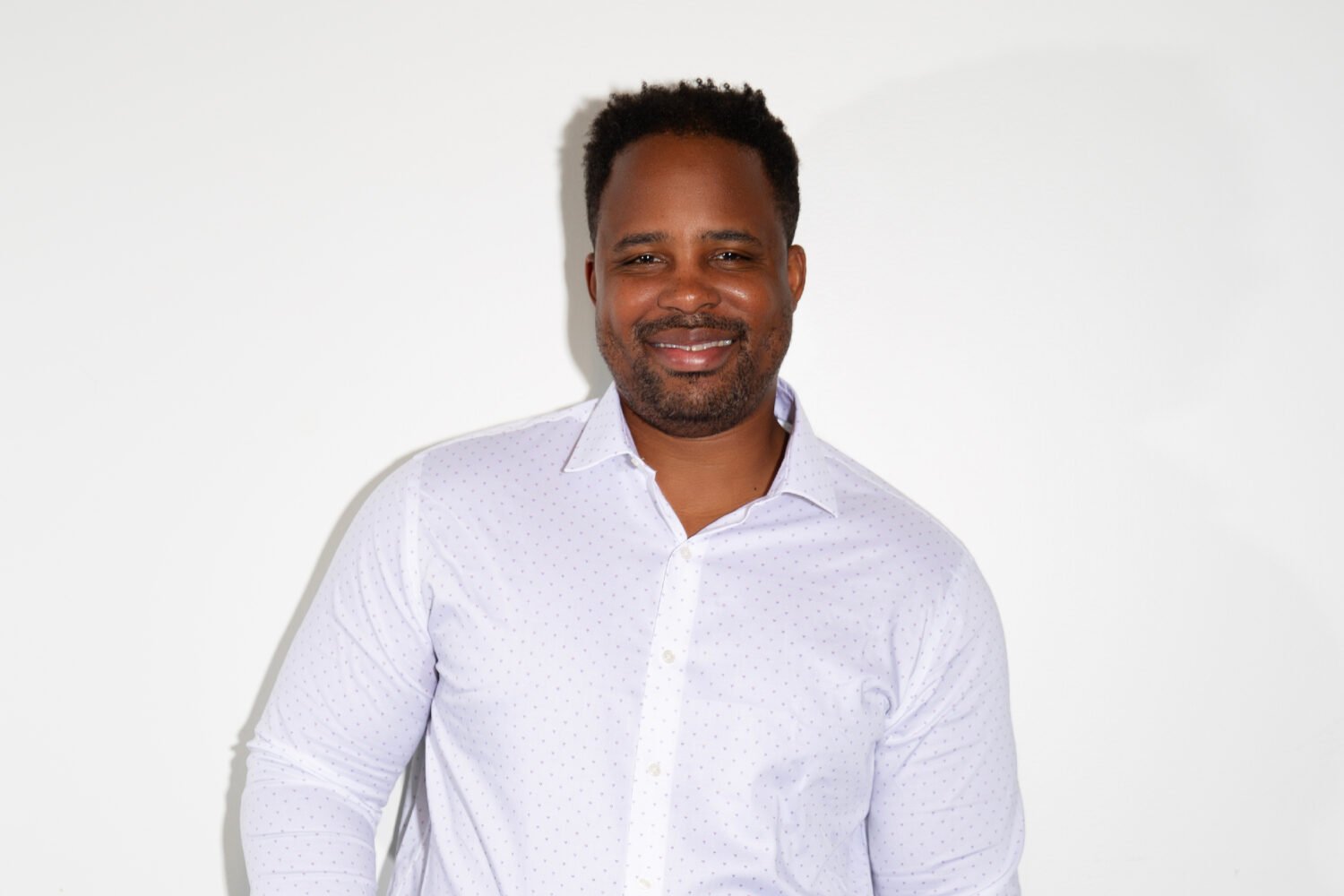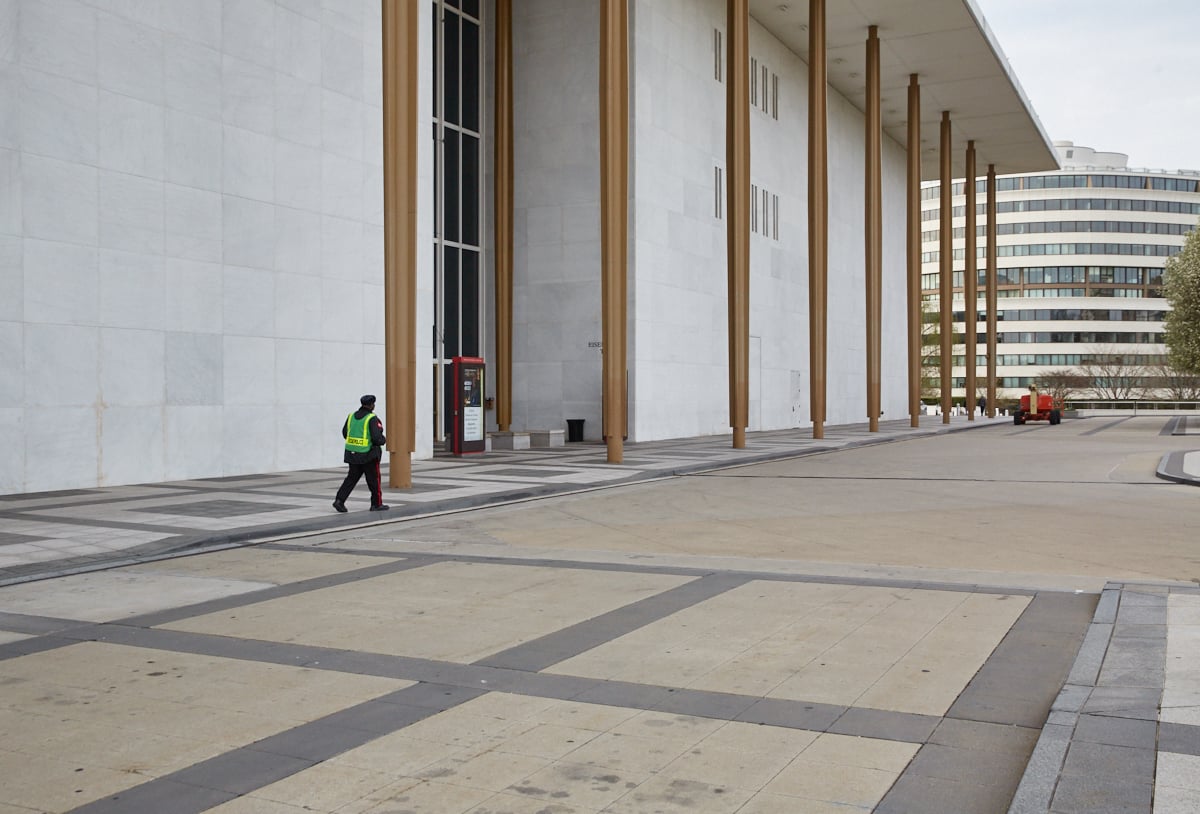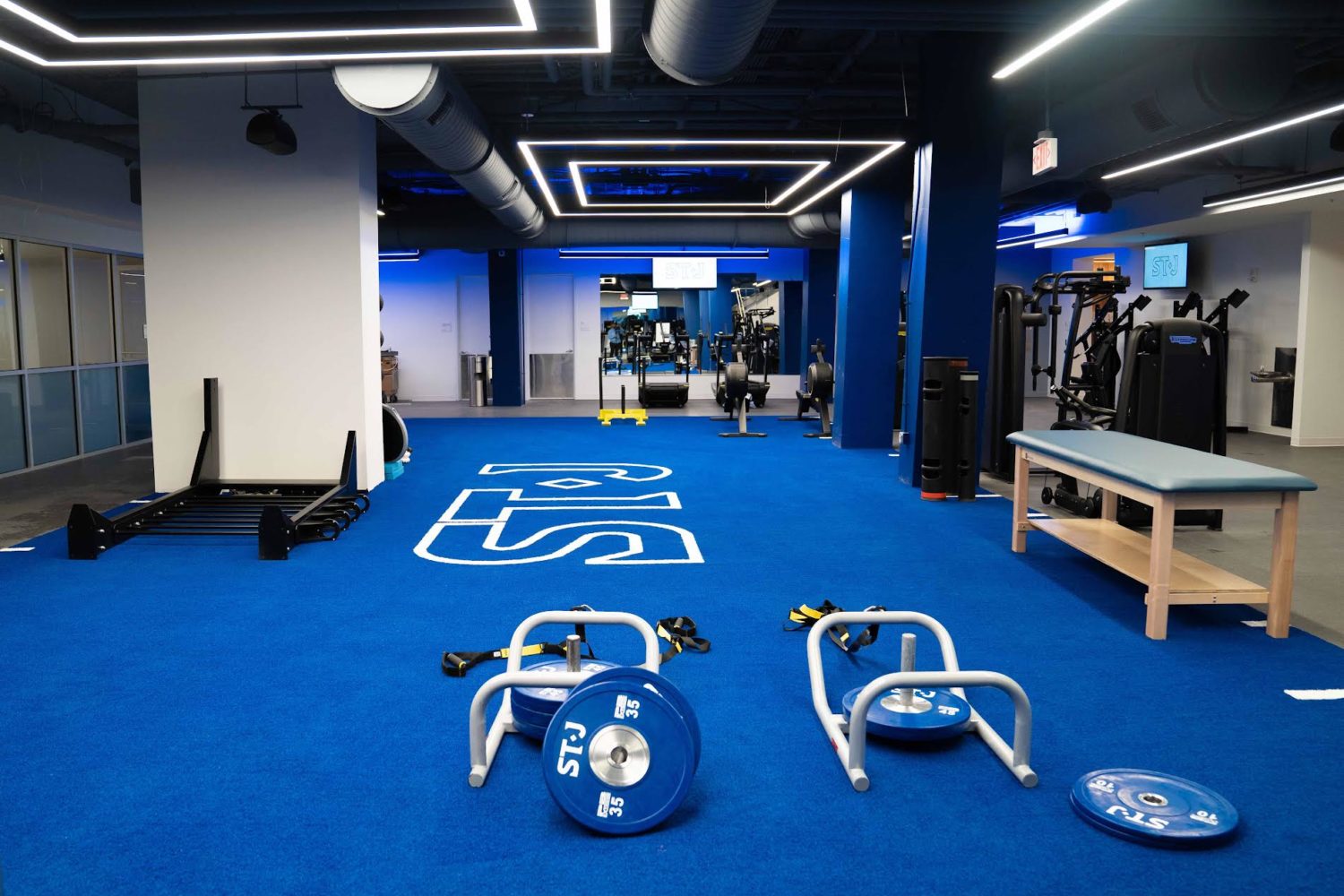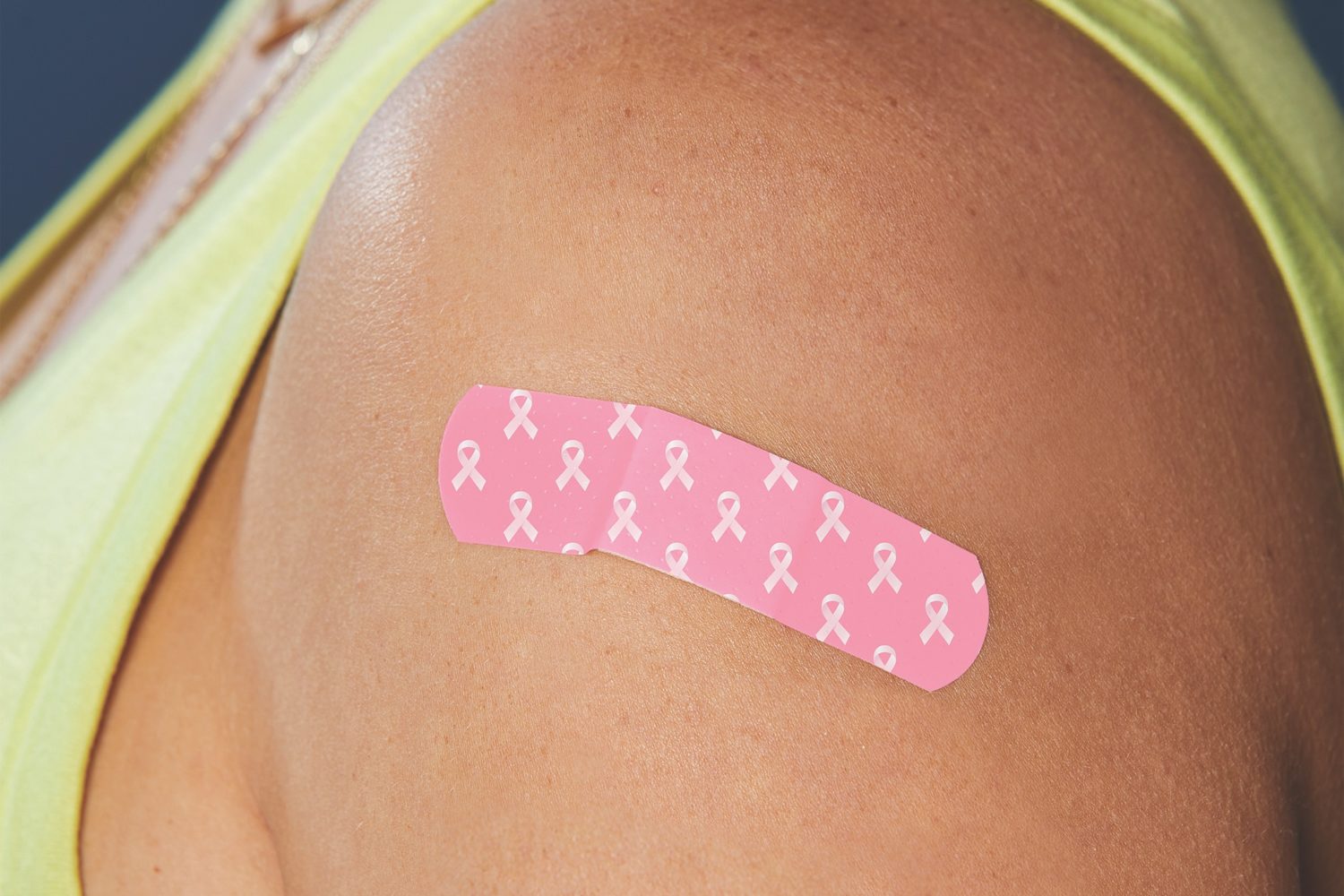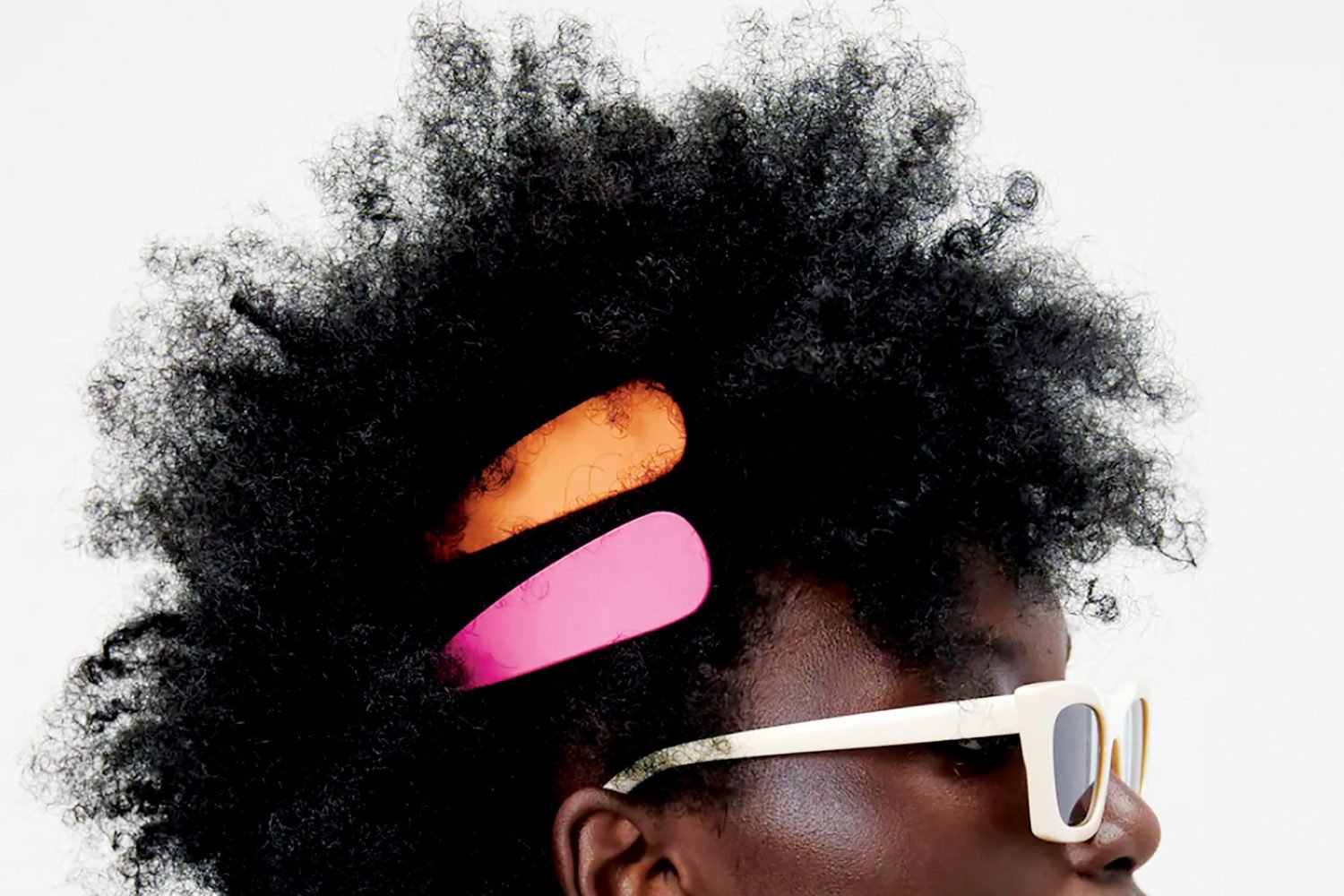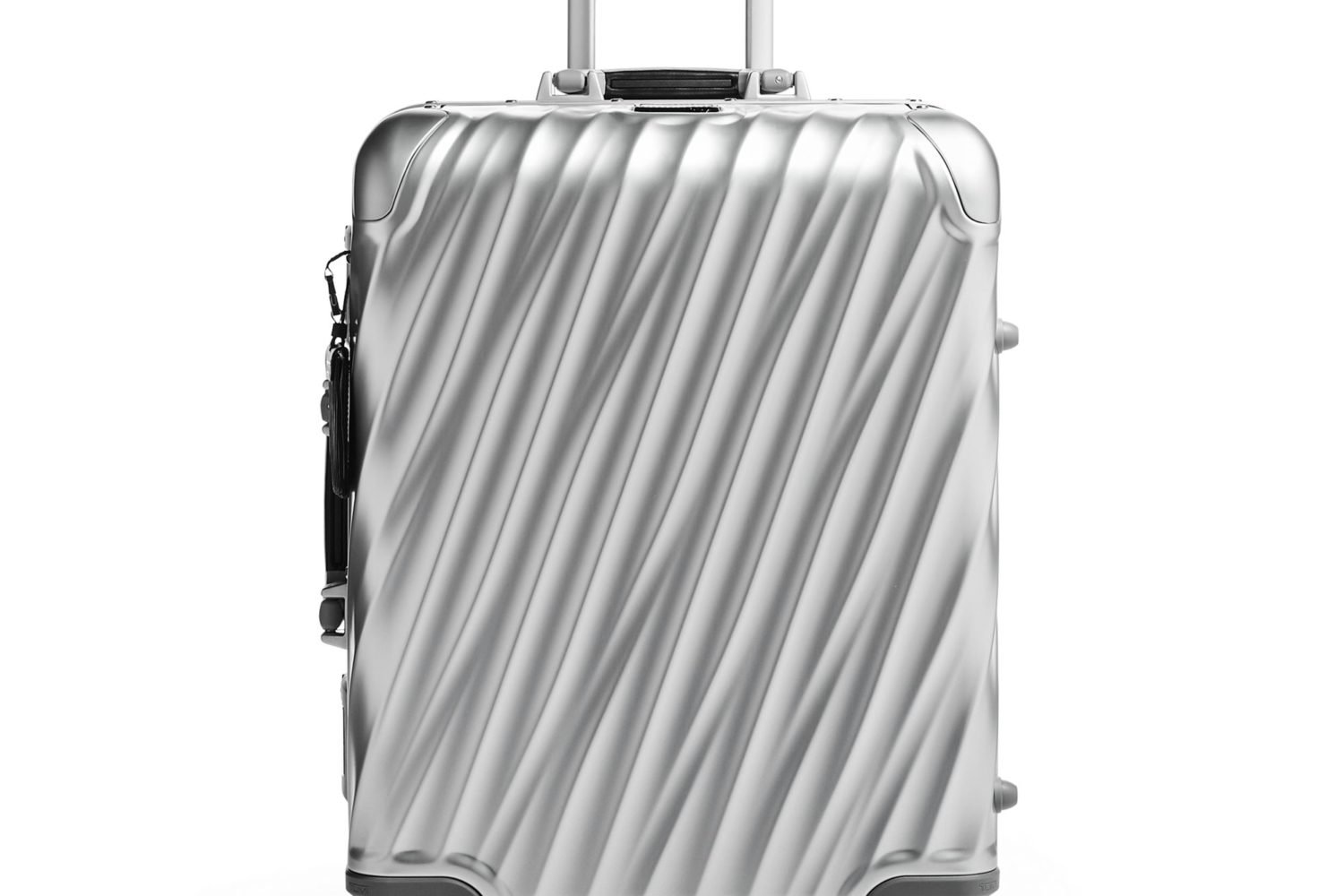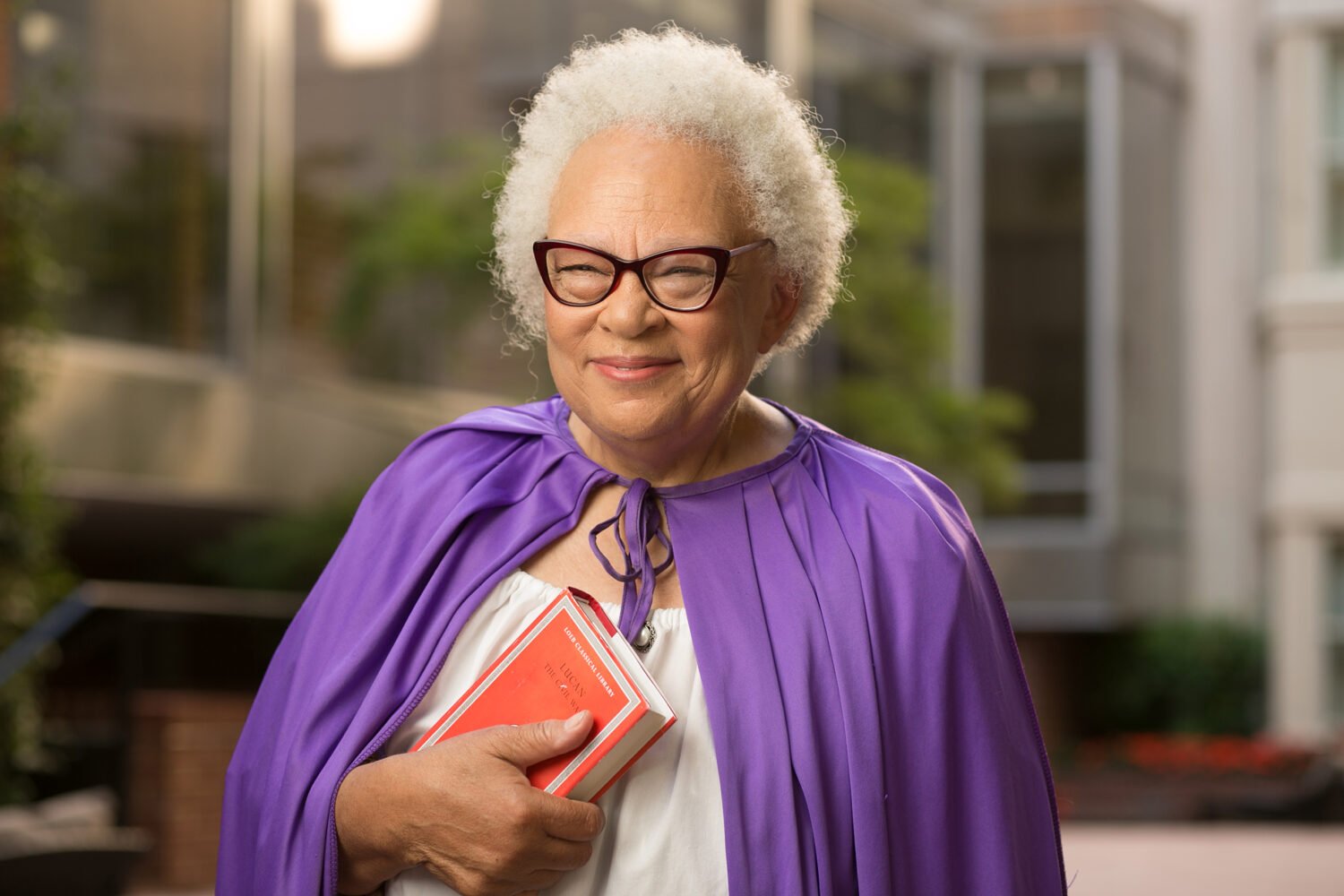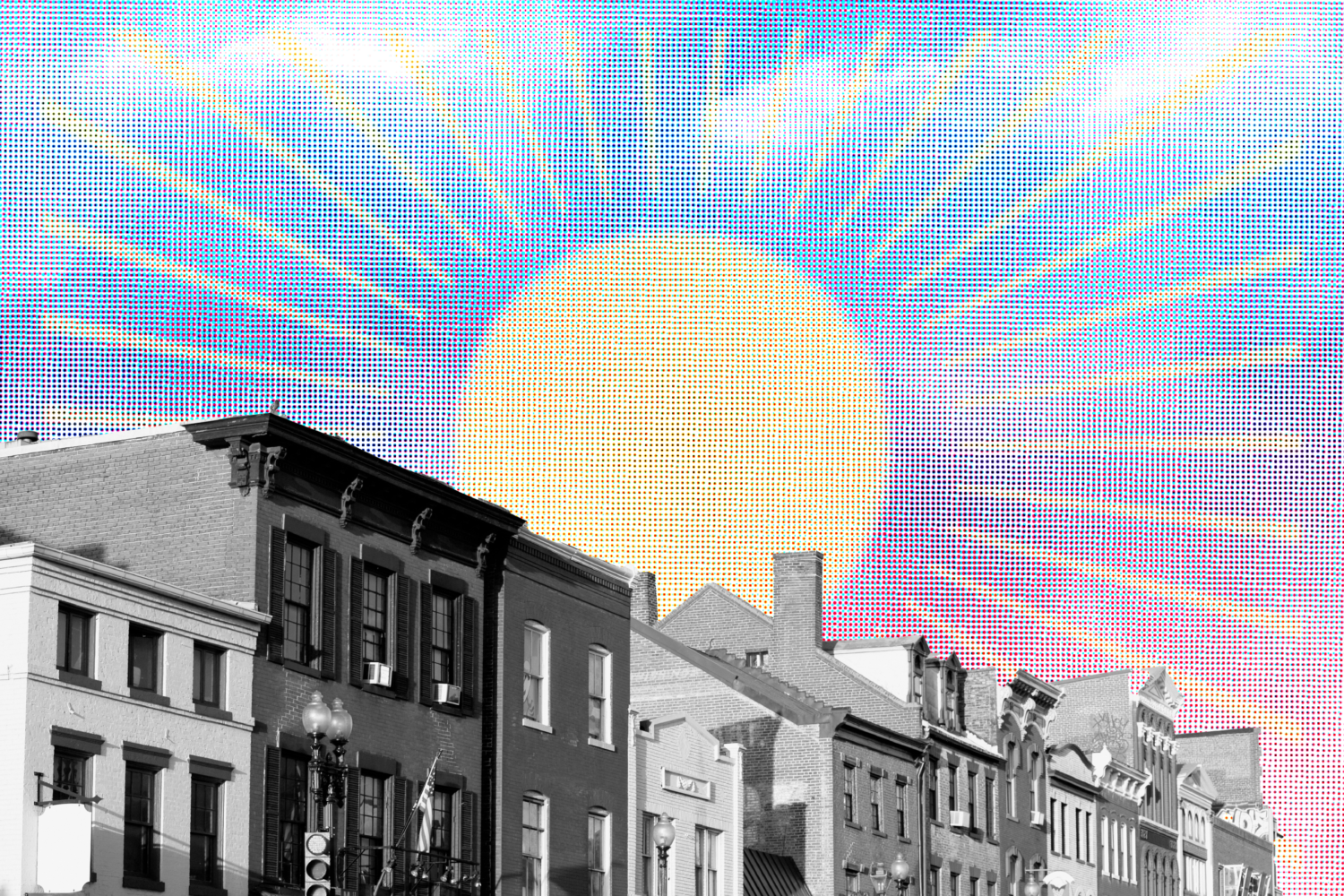Neal Owens’s boss was confused. For years, Owens—at the time a
territory manager at a petroleum company in Maryland—was a top-performing
employee in spring and summer. But when September came around, he was a
different person, often arriving at work late (when he could get out of
bed) and regularly missing deadlines and meetings.
His boss asked what was going on. “I remember him telling me
that if I couldn’t handle my work responsibilities, they were going to put
someone else in my sales territory,” Owens recalls. “That’s what finally
pushed me to go see a doctor.”
Tests came back normal, leaving Owens and his doctor scratching
their heads. He tried one prescription after another, which only left him
feeling jittery. “Then I found myself even more down and lethargic than I
had felt before the antidepressants,” he says.
Owens is one of some 14 million Americans who suffer from
seasonal affective disorder, or SAD, a form of depression that typically
affects people during the winter. A decreased amount of natural sunlight
leads to low levels of the brain chemical serotonin, which affects mood. A
lesser-known form of the disorder can also occur in summer.
“SAD has three legs,” says Norman Rosenthal, a psychiatrist who
led the team at the National Institute of Mental Health that eventually
defined the disorder. “One is that you’re born with genetic vulnerability.
The second is not enough light. And the third is stress.”
Research shows that people who live at high latitudes, where
daylight is minimal, as well as women in general are also more prone to
SAD. The disorder was officially identified by NIMH in the 1980s, after
researchers conducted experiments aimed at determining why some people
experience changes in mood, productivity, weight, and energy from late
October to March.
Owens, who lives in Frederick, heard about clinical trials
being held at the National Institutes of Health. Hoping the study would
provide insight into his troubles, he volunteered.
The researchers were fascinated by Owens’s drastic mental and
physical changes every fall. Work logs indicated that during the spring
and summer he made as many as 14 calls to his accounts each day; by
winter, that number dipped to four. Owens also gave in to junk-food
cravings—his 20-pound weight gain each winter attested to
that.
“I wouldn’t say I was incapacitated, but I went half speed,”
says Owens. “My kids would always say, ‘Dad, you seem grumpy or tired.’
”
It was clear to the researchers that Owens suffered from SAD.
They put him on a light-therapy regimen, which studies have shown can
reduce symptoms.
“I sat in front of this light box in the mornings before work,”
he says. “I was known to my neighbors as the weird guy with the bright
light shining through his windows. But after a few days of light therapy,
I was able to get out of bed, out the door, and to my client calls. My
cravings dropped off, too.”
Despite the benefits of light therapy, Rosenthal says it’s not
a cure-all for SAD: “When spring comes, people often think it’s all over.
But it really isn’t.”
Owens, who now owns the SunBox Company, is a clear example.
It’s been almost 30 years since his diagnosis, and he still needs at least
15 minutes of light therapy—plus exercise and proper nutrition—to help him
get through the day. “It works better for me than a coffee,” he
says.
Owens knows how to handle winter now, and his family has a
better idea of what he deals with. “A lot of people have a hard time
admitting they suffer from any type of depression,” he says. “SAD is not
anything to be embarrassed about.”



